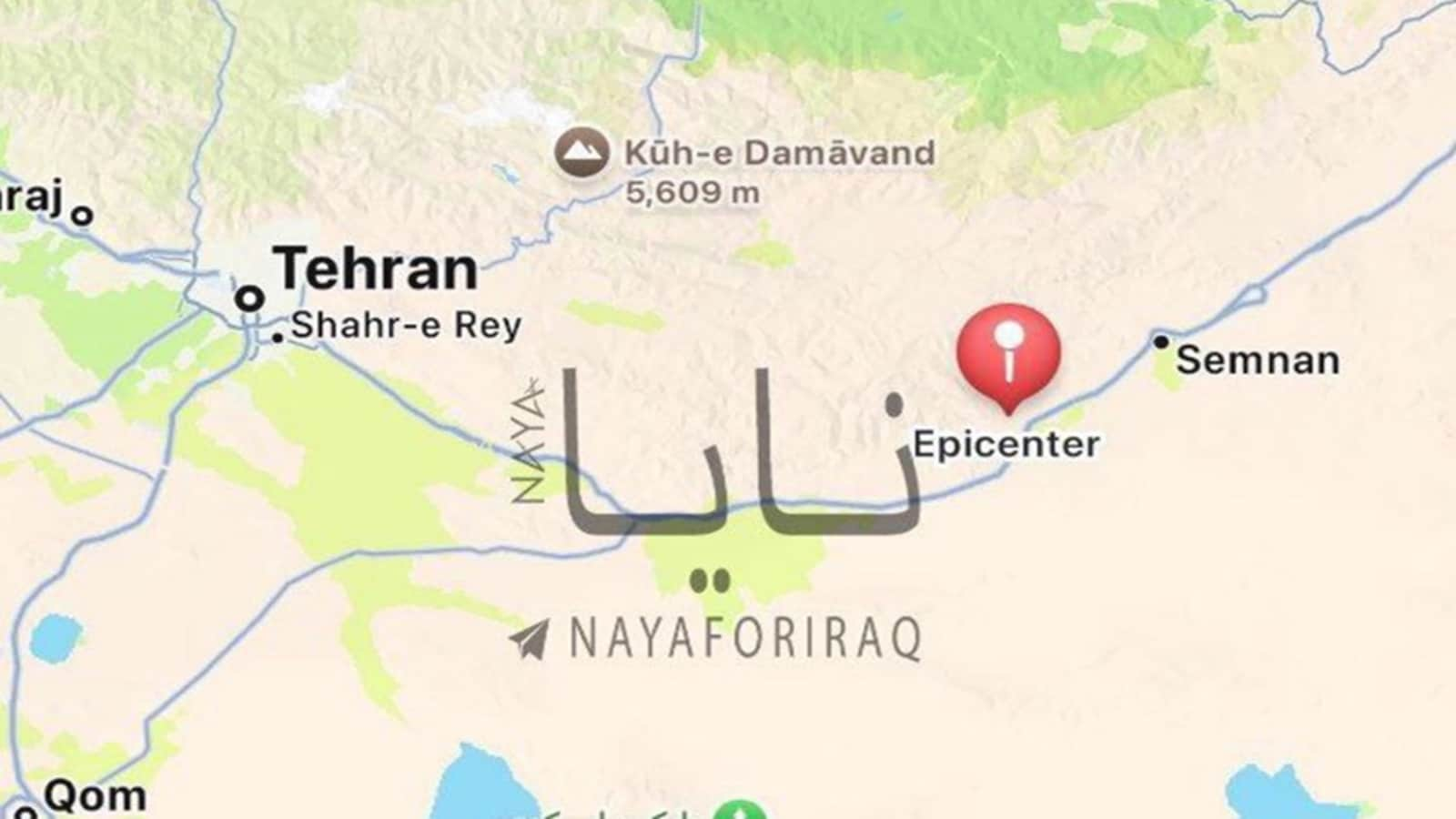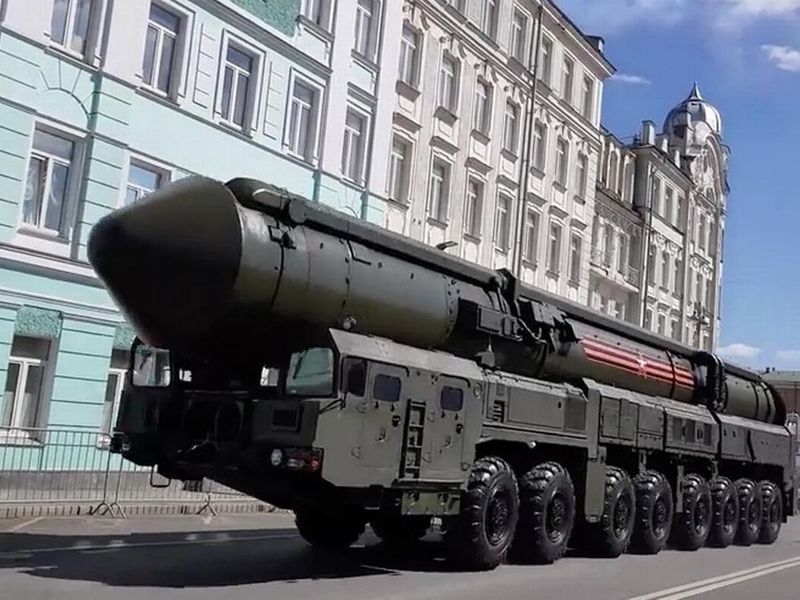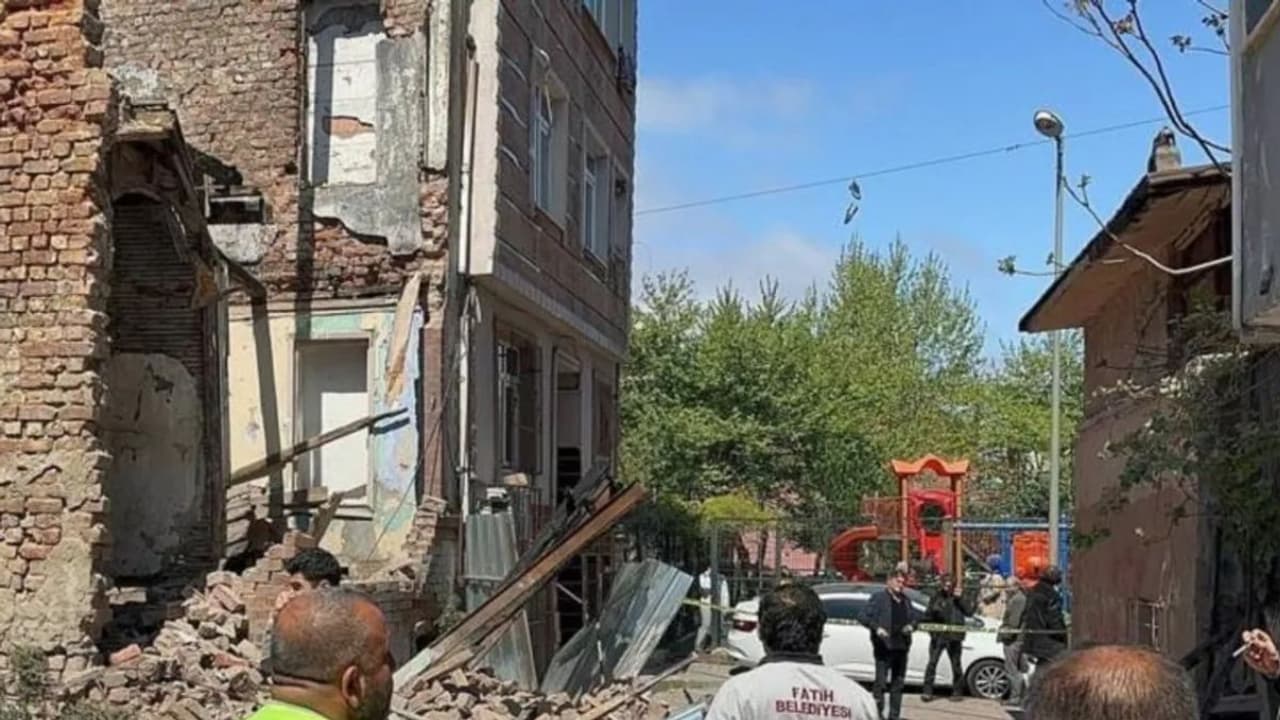As tensions between Iran and Israel escalate, two recent earthquakes near Iranian nuclear facilities have sparked intense speculation. But does science back the suspicion?
Iran is highly active seismically due to its position on the Alpine-Himalayan seismic belt, and thus, experiences frequent earthquakes, with over 2,000 annually, including 15 to 16 of magnitude 5.0 or higher. A long-term analysis of a decade, between 2006 and 2015, showed 96,000 earthquakes were recorded in the country during the period.

The ongoing conflict with Israel, which started on June 13, involves Israeli airstrikes targeting Iran's nuclear and military infrastructure, including sites such as Natanz, Isfahan, and Fordo, alongside Tehran's missile retaliations. The quake's shallow depth of 10 km and proximity to Semnan's space and missile complex sparked speculation if it was a sign of nuclear testing.

Nuclear blasts and seismic signature differ
Nuclear activities, particularly underground nuclear explosions, can induce earthquakes by releasing tectonic movements near the blast. According to the US Geological Survey (USGS), such explosions can trigger seismic events, but these are typically much smaller in magnitude than the explosion itself and are limited to a range of a few tens of kilometers from the blast site.
The quakes are generally less intense and have fewer aftershocks than natural ones. Seismologists can distinguish these events by analyzing wave patterns, with nuclear explosions producing mainly P-waves. Natural earthquakes generate both P and S-waves. Also, the seismic waves generated by nuclear explosions differ from those of natural earthquakes.
The Berkeley Seismology Lab explains that nuclear test seismograms are dominated by compressional P-waves, while natural earthquakes generate strong S-waves as well. This distinction allows seismologists to differentiate between the two, using methods such as moment tensor solutions, as described by the National Geographic, which trace waves back to their origin to identify the mechanism of the shake.
Earlier earthquakes with a 2.5-magnitude event near Fordo on June 15, coincided with military actions, but expert analysis, including those from the Comprehensive Nuclear-Test-Ban Treaty Organization (CTBTO), confirmed they align with natural patterns.

Historical parallels show scientific consistency
During India-Pakistan's four-day conflict in May, similar tremors were felt in Pakistan. Even then, a theory of atomic activity surfaced but was debunked by experts after analyzing the facts logically based on seismographic evidence and trails.
Keeping these scientific explanations in mind, it can be conclusively said that while nuclear activities, especially explosions, can cause small, localized earthquakes, the latest seismic events in Iran near nuclear facilities are consistent with natural tectonic activity, given the region's high seismic activity.
Expert analysis, including from CTBTO, USGS, and independent seismologists, supports this conclusion, dismissing speculation about nuclear tests or military-induced quakes. The evidence leans toward natural causes, but ongoing monitoring and further research are essential, especially in conflict zones where speculation runs faster than the earthquake waves.


